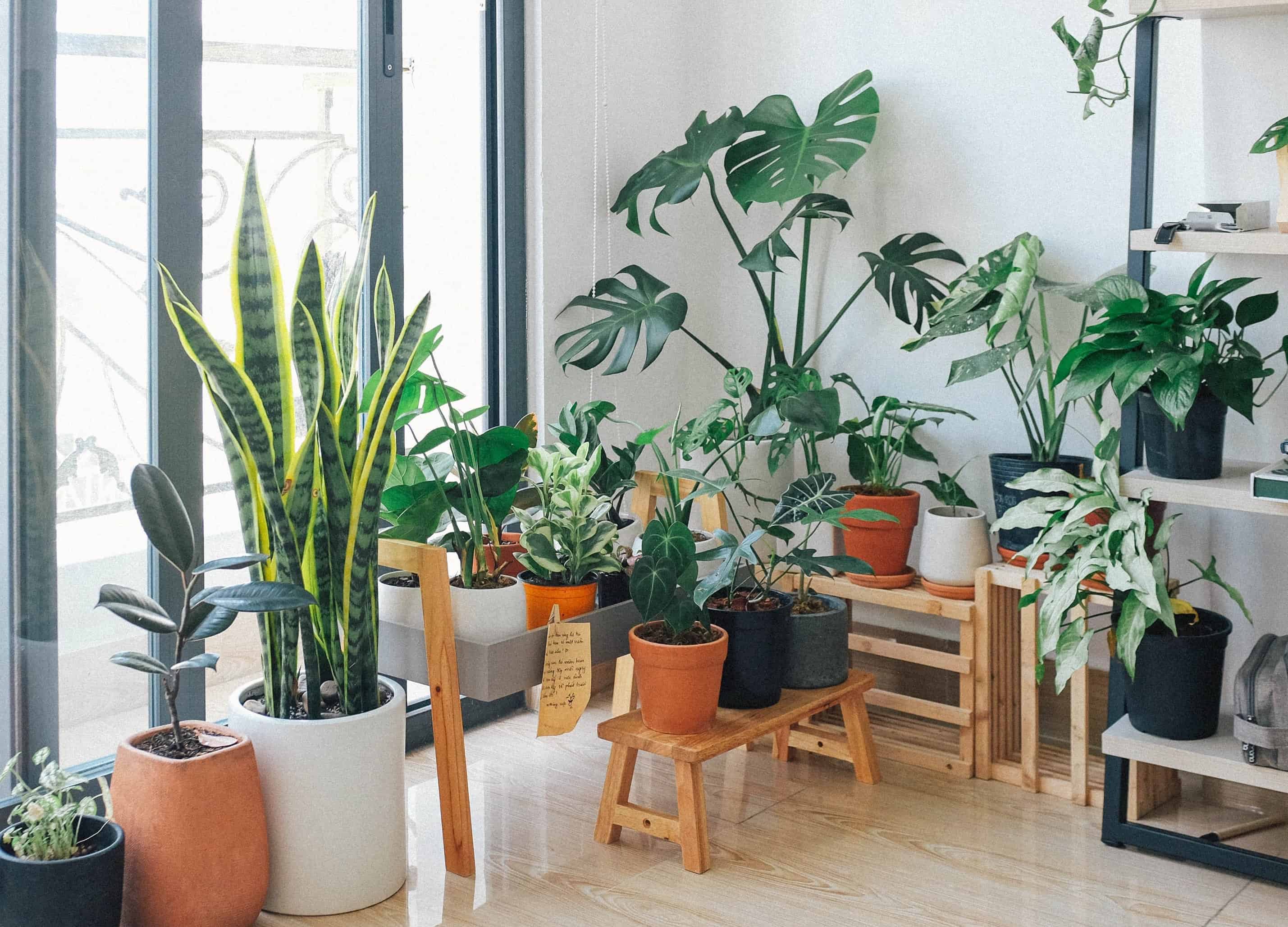
Since the 1980s, the concept of using plants for air purification, known as phytoremediation, has intrigued scientists and environmentalists alike. The groundbreaking NASA Clean Air Study shed light on the air-cleansing properties of certain indoor plants. While the study originally aimed to address air quality in enclosed environments like space stations, it revealed that specific common plants could naturally remove volatile organic pollutants like benzene, formaldehyde, and trichloroethylene through their natural processes, in addition to their role in absorbing carbon dioxide and releasing oxygen through photosynthesis.
The recent surge in interest in phytoremediation can be attributed to an increased awareness of the importance of clean air, particularly in the wake of the COVID-19 pandemic. However, practical applications of this fascinating technology still remain relatively few. Among the pioneers in harnessing the benefits of plants for indoor air purification is the Italian start-up Aura System, which seeks to bring this green revolution to the forefront of contemporary living. Read here what we wrote before about this start-up.
- Phytoremediation is a process that uses plants to naturally absorb and remove indoor air pollutants, resulting in improved indoor air quality.
- The NASA Clean Air Study in the 1980s identified specific plants that are effective at purifying the air.
- Innovative companies have developed technologies and products based on this research to improve indoor air quality.
The science of phytoremediation
Phytoremediation is a process that allows plants to absorb, adsorb, assimilate, or transfer air pollutants, thereby improving indoor air quality. The effectiveness of this process depends on various plant factors such as the involvement of roots, leaves, wax, cuticles, and stomata. The key pollutants that these plants can reduce include particulate matter (PM), volatile organic compounds (VOCs), formaldehyde, and other inorganic pollutants.
Indoor air pollution is often more concentrated than outdoor pollution due to a lack of ventilation. This can lead to various health problems such as respiratory dysfunction, allergies, fatigue, and metabolic disorders. The introduction of indoor plants presents an eco-friendly, cost-effective option for air purification with minimal energy consumption, offering a compelling solution to this growing problem.
Plants as natural air purifiers
Interest in using plants to improve indoor air quality can be traced back to the groundbreaking NASA Clean Air Study in the late 1980s. This study identified specific plants that are effective at removing harmful chemicals from the air, such as benzene, formaldehyde, and trichloroethylene. For example, the Florist’s Chrysanthemum and Peace Lily were identified as some of the best plants for purifying the air. NASA even recommended having at least one plant per 100 square feet to improve air quality.
Plants remove pollutants from the air using several mechanisms, including gas exchange through stomatal openings, adsorption on leaf surfaces, and interactions with the plant microbiome. Microorganisms in the soil associated with plants also aid in the removal of toxic chemicals. However, the effectiveness of plant-based air purification depends on factors such as plant characteristics, light intensity, and the presence of microorganisms in the plant’s rhizosphere and phyllosphere.
Recent developments in phytoremediation
Despite the known benefits of plants in improving air quality, practical applications of this knowledge have been relatively limited until recent times. The increased awareness of the importance of clean air, the energy crisis, the rise of airtight buildings, and the negative health effects associated with poor indoor air quality have all contributed to a resurgence of interest in phytoremediation.

One of the most innovative applications of this technology can be seen with the Italian start-up Aura System. They have developed a modular green wall called Sphera, which uses plants to improve indoor air quality. The system is designed to be integrated with the heating, ventilation, and air conditioning (HVAC) system, reducing maintenance and energy costs by up to 60%.
Looking ahead
Despite these advancements, more research is needed to quantify the reduction in energy consumption due to plants, identify the most effective plant species for air purification, and establish safe lists of plants for minimizing indoor air pollutants. However, based on the current research and developments, the future of indoor air purification looks green. As we continue to grapple with the challenges of poor air quality, it’s clear that turning to nature may offer some of the most promising solutions.

